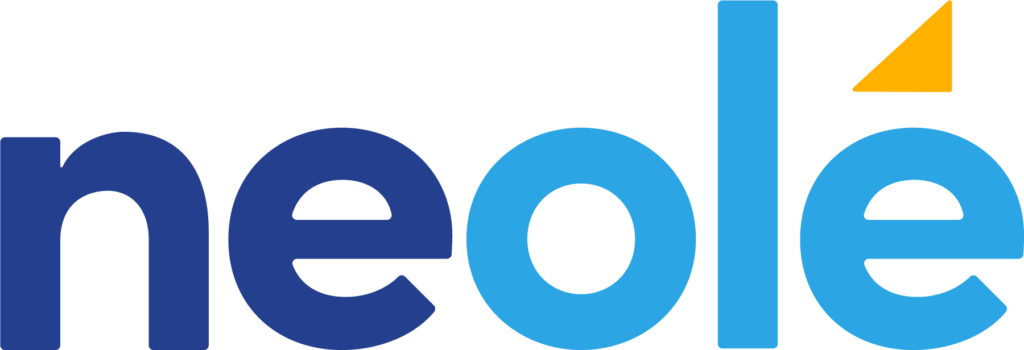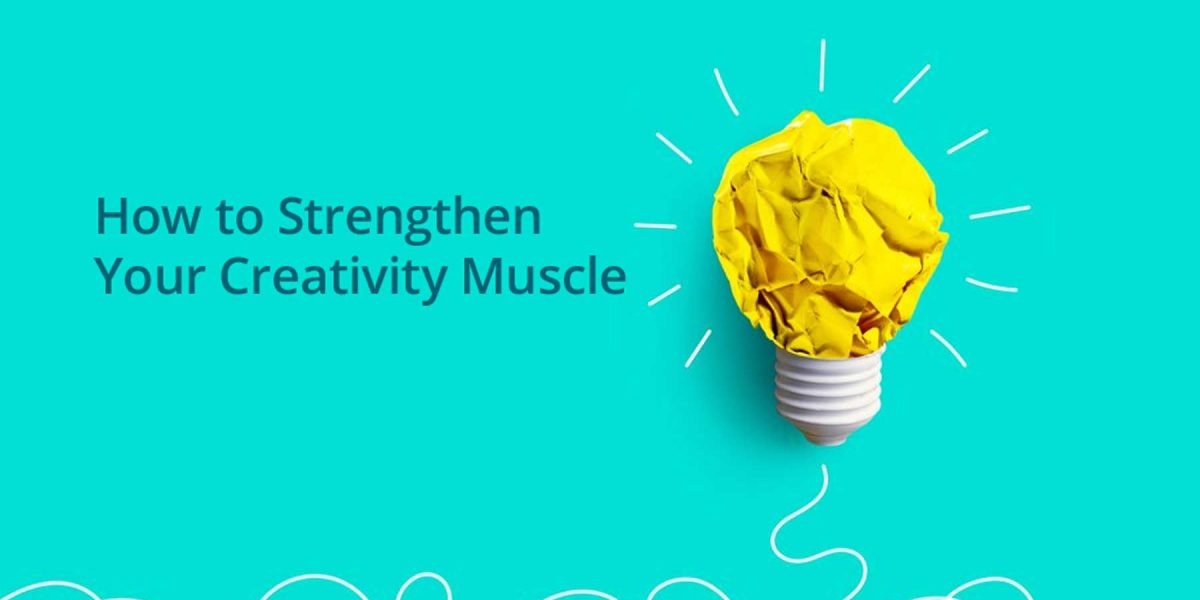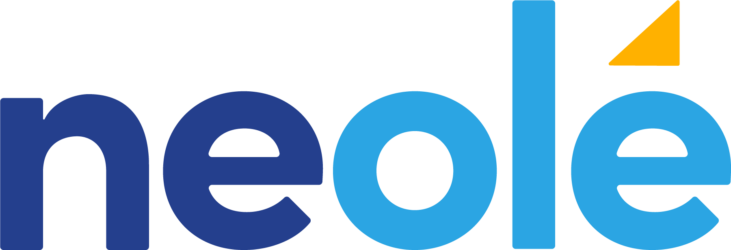This article was originally published on the CountryGuide Magazine website, April 18, 2019.
Every recent study on the future of work seems to highlight the growing need for creative thinking skills. With the fast pace of change, business leaders are telling us that a foundation in business basics is no longer enough. Soft skills like creativity and creative problem solving will be essential for adapting to the ever-changing world around us.
Fortunately, creativity is something we all have, whether we believe it or not.
Even better, with practice, each of us can improve at harnessing it, says Ginny Santos who teaches creative thinking to MBA students at Wilfrid Laurier University in Waterloo, Ont.
But we may have to adjust our thinking. “There is a discipline involved in creative problem solving, just like there is a discipline to science, math, grammar and programming,” she says.
Creative thinking is a higher order cognitive skill, just like critical thinking, continues Santos. But most adults have overdeveloped their critical thinking skills while their creative thinking abilities languish under-developed.
Santos says many of her MBA students have told her that they gained more value from her creative thinking class than from any other class in the whole MBA program. “I believe that’s because creative thinking is a life skill. If you practice creativity, you become more resilient and therefore more successful in every area of your life, not just your career.”
The problem, says Santos, is that while humans are creative problem solvers by nature, we are also creatures of habit, which means that the more knowledge we gain in a particular area and the more habits we develop, the more we fall back on known solutions and the less we rely on our creativity to find solutions.
“Creative thinking is like a muscle that needs to be flexed on a regular basis in order to remain strong. The more you flex it, the more you are able to problem solve on a daily basis and the higher your
Creativity instructor Patricia Marshall agrees. Marshall teaches courses in creative thinking and problem solving at Sheraton College and McMaster University. Creativity is innate in all people and can be nurtured, she says. “It’s not just for artists.” Her students come from a wide range of programs including accounting, engineering and business.
In her classes, Marshall teaches students how to use different tools for creative problem-solving. These tools fall into two categories: divergent and convergent thinking. These are distinct thinking processes, says Marshall. In the divergent thinking phase, you generate many possible options. In the convergent phase, you assess those ideas.
Brainstorming, the classic idea-generating
A twist on this classic technique is to use Post-it notes. Because it can be hard for the recorder to keep up with writing all of the ideas generated, in this version, each participant says the idea out loud, then writes it down on a “Post-it” note. The facilitator takes the note and sticks it to the flip chart.
SCAMPER is a mnemonic for another divergent thinking tool that helps to prompt new ways of looking at a problem. S stands for substitute, C for
At this stage, Marshall warns her students that it’s important to avoid creativity killers such as thinking something “can’t be done” or “that it would cost too much.”
Once you’ve generated novel ideas, you can use convergent thinking to determine the pros and cons of each idea.
But there’s more to creativity than simply generating ideas, says Santos. It’s a mindset. It’s about being curious and interested in different perspectives and different types of knowledge or experiences. “Often the idea that we need already exists; what doesn’t exist is an adaptation of that idea to your context,” she says. “This is incremental innovation: it’s when you take something that exists and use creativity to make it better or to alter it just enough so it meets your needs.”
This approach has helped Katie Roxburgh and her husband Doug overcome some of the challenges of establishing a first-generation farming operation near Bentley, Alta. Growing their herd of Maine-Anjou beef cows from 15 to 120 cows while expanding their land base since they began farming in 2006 has meant looking for ways to reduce capital costs and expenditures.
“Starting this operation from the ground up has forced us to be creative in our thought processes and approaches,” says Roxburgh. “Solving these challenges has required research, ingenuity, and trial and error.”
Purchasing a shredder attachment for the front of the skid steer is one of the creative ways they have kept their costs down. This is not a conventional method of feeding and bedding cows but it has allowed them to be very efficient by utilizing one skid steer for feeding, snow removal, pen cleaning and fencing, says Roxburgh.
To promote creative thinking and problem solving, the
On the other hand, stress limits
Avoid creativity blocks
Research shows there are three main categories of blocks to creativity, says Ginny Santos of Waterloo University.
The psychological environment or culture can block creative approaches. An example of this might be a bureaucratic administration that hinders your ability to try new solutions. This is why it is so important that the highest levels within an organization understand the value of creativity.
Another block is the perceptual block. This is when we make assumptions that limit our flexibility and originality.
The third and most common blocks are emotional, i.e. your own fears and self-consciousness.
Even so, says Santos, “These blocks can be overcome through skill-building, creative education and training in creative thinking techniques and processes.”
Tips for enhancing creativity
When presented with new ideas, Ginny Santos recommends setting aside your judgment. “This is especially important if the idea is coming from someone younger or with less knowledge or experience.”
Santos says that instead of listing all the reasons why it won’t work, ask yourself: “What if I could make that idea work? What obstacles would I need to overcome? What might I do to experiment with and develop that idea?” Asking yourself these types of questions is a sure way to ignite your creative thinking muscles, she says, even though this way of thinking can
Being creative requires that you step out of your comfort zone.
Get in the habit of asking open-ended questions that invite many possible answers, says Santos.
“Don’t look for the one correct answer. Always assume that there is more than one way forward.”
Resources
- Igniting Your Everyday Creativity is a research-based Massive Open Online Course (MOOC) currently available free of charge (non-credit version) through Coursera.
- “Where good ideas come from” by author Steven Johnson (YouTube)
- Blog by Ginny Santos, MSc in Creative Leadership and Innovation, explaining the different types of creativity and how to tap into them.







